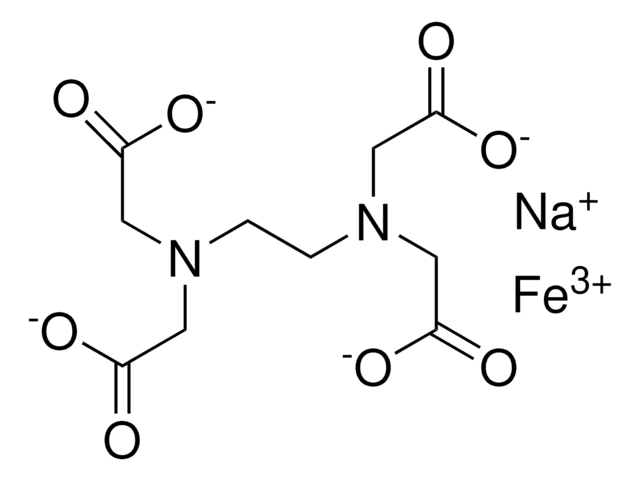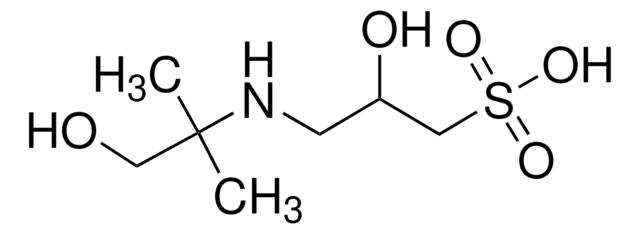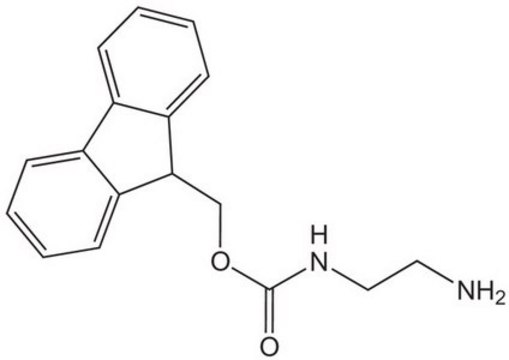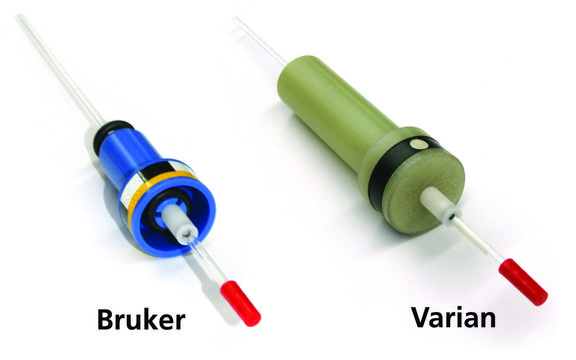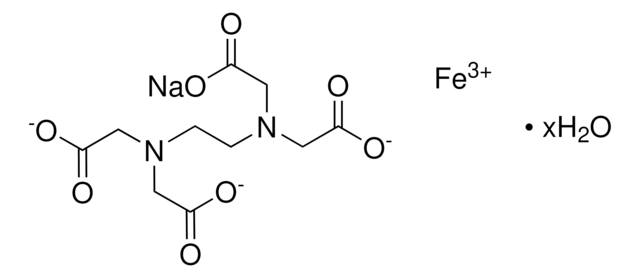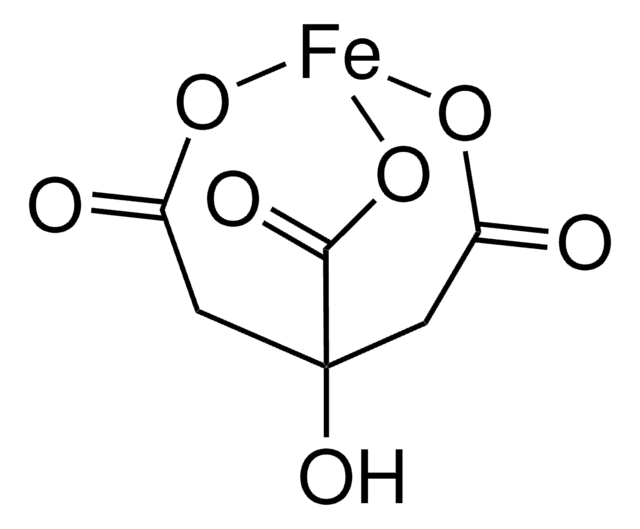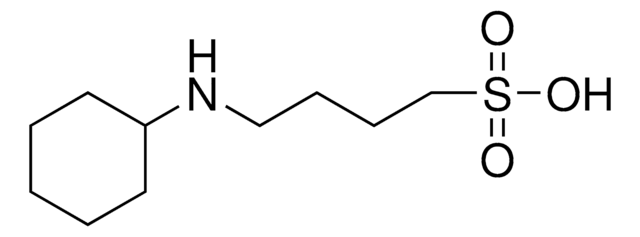09-1500
Ethylenediaminetetraacetic acid iron(III) sodium salt
SAJ special grade, ≥95.0%
Synonym(s):
EDTA iron(III) sodium salt, Edathamil, Komplexon™ II
About This Item
Recommended Products
grade
SAJ special grade
Assay
≥95.0%
form
crystalline
availability
available only in Japan
mp
80 °C
solubility
water: 72 g/L at 25 °C
shipped in
ambient
SMILES string
[Na+].[Fe+3].[O-]C(=O)CN(CCN(CC([O-])=O)CC([O-])=O)CC([O-])=O
InChI
1S/C10H16N2O8.Fe.Na/c13-7(14)3-11(4-8(15)16)1-2-12(5-9(17)18)6-10(19)20;;/h1-6H2,(H,13,14)(H,15,16)(H,17,18)(H,19,20);;/q;+3;+1/p-4
InChI key
MKWYFZFMAMBPQK-UHFFFAOYSA-J
Looking for similar products? Visit Product Comparison Guide
Application
Legal Information
Storage Class Code
11 - Combustible Solids
WGK
WGK 2
Flash Point(F)
Not applicable
Flash Point(C)
Not applicable
Personal Protective Equipment
Regulatory Information
Choose from one of the most recent versions:
Already Own This Product?
Find documentation for the products that you have recently purchased in the Document Library.
Our team of scientists has experience in all areas of research including Life Science, Material Science, Chemical Synthesis, Chromatography, Analytical and many others.
Contact Technical Service